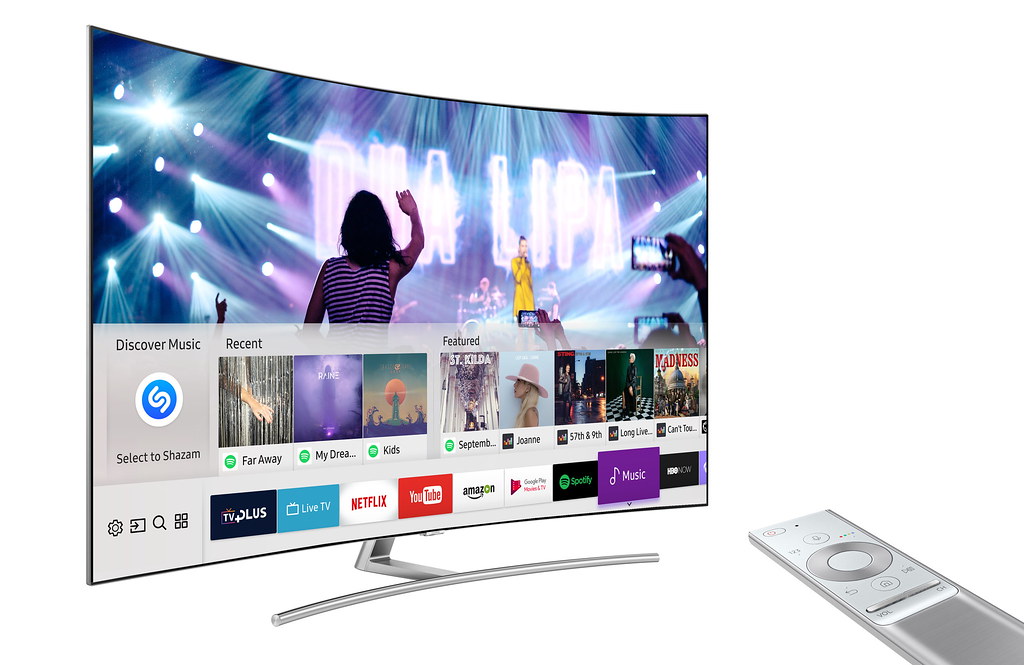
We have already seen many technological up-gradations in television technology. In the initial days, television had large size because of CRT (Cathode Ray Tube) and their internal circuitry. This kind of television was not looked very fancy or stylish. In those days their functionality was limited as per their internal circuit architecture.

All generation TV
Here smart words define that televisions are now capable to perform some specified task by users.
With the advent of the Internet, TVs have evolved to become truly connected devices and have begun utilizing user-TV interactions for semantic analysis. Smart TVs have a higher focus on online interactive media, OTT contents, as well as on-demand streaming of media content. Users are also demanding the latest sound technologies such as Dolby Digital and DTS (Digital Theater System) to enhance their visual experiences.
There were several steps involved in the innovation of smart TV. This exploration of smart TV takes you through the working of this gadget.
Before exploring inside the smart TV let’s find out what services do smart TV’s offer and how do they differ from normal TV’s.
Services of smart TV mainly depend on manufacturers. In the present scenario, smart TVs will offer a variety of streaming services from OTT platforms, for example, Netflix, Amazon Prime, HBO Max, etc. Some streaming services are free whereas some of them applying charges on a monthly or yearly basis.
Smart TVs also offer a great internet browsing experience, high-quality music, and radio services over the internet. Smart TVs are providing social media platforms to connect peoples like Facebook, YouTube, Instagram, etc. Most of the services of smart TV need high-speed internet.
The biggest feature in a smart TV is voice recognition or voice assistant service either by using its internal software or by using other voice assistant applications through the internet, like Amazon Alexa, Google Assistant. You can also greet your visitors by connecting it with Video doorbell.
Every manufacturer of smart TV provides some special features in their brand. All smart TVs are not created equally and not every operating system or smart TV platform will support the same apps. These are the basic features of smart TVs.
Now let’s look inside smart TV’s and try to understand its working:
- Display screen
- Main circuit board
- Screen brightness controller
- Tuner
- HDMI and USB port
- Power board
- Brightness sensor
- Wi-Fi and Bluetooth module
- Speakers
- Operational touch buttons
- Web camera
Display screen:
Most of the smart TVs are using OLED and LED displays for high-quality or high definition video.
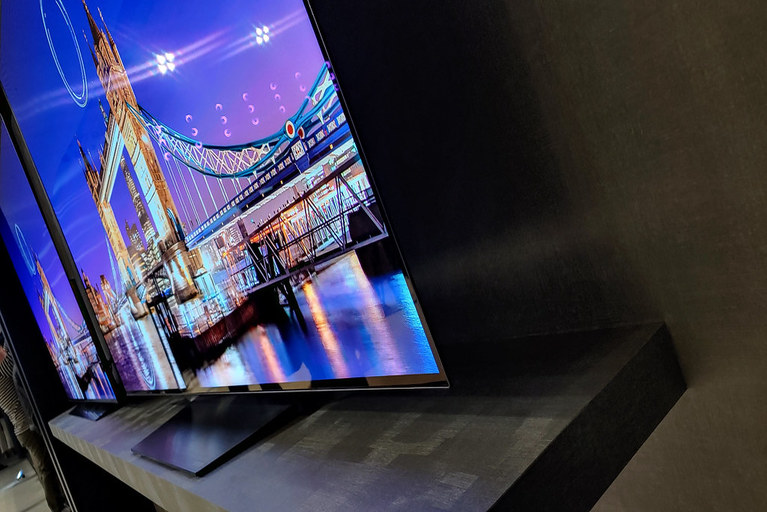
An OLED is made by placing a series of organic thin films between two conductors like a flat light-emitting device. This display is not perfect because the OLED manufacturing cost is much higher than the LCD.
OLED (Organic Light Emitting Diodes):
OLED is a flat light emitting technology that makes the revolution in high definition video quality. OLED displays are not just thin and efficient – they provide the best image quality ever and they can also be made transparent, flexible, foldable, and even we can roll it. OLED provide better contrast, high brightness, a wide color range, and much faster raster frequency or very fast screen refresh time. It consumes less power as compared to LCD (Liquid Crystal Display). The main features that make difference with LCD are OLED provides wide or fuller viewing angle, in the simple term you can see an OLED screen from any angle with clear picture quality.
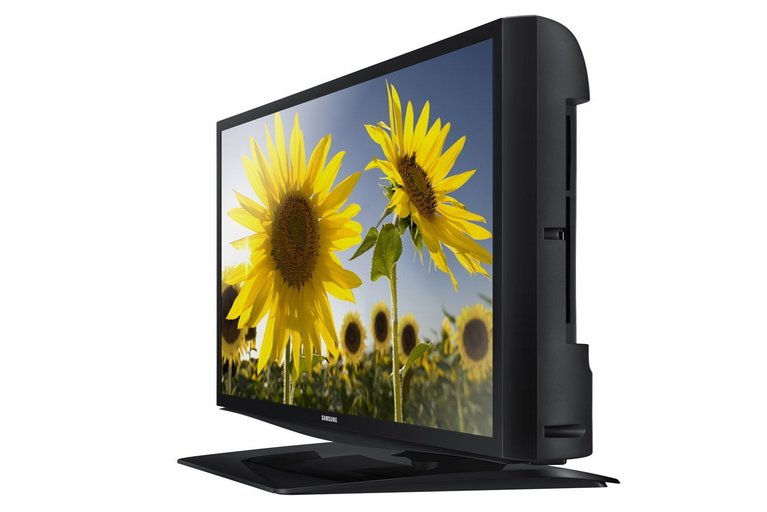
LED display in smart TV
LED displays are cost-effective from a manufacturing perspective
LED (Light Emitting Diode):
As we know LED is a video display that uses light-emitting diodes to create hues for display. LED display has two types – backlight displays that use an array of LED’s to light the screen in the same manner as an LCD display and a second LED screen that works by emitting light in RGB (Red, Green, and Blue) to create perfect color in display. Both kinds of LED displays are cost-effective from a manufacturing perspective, as LEDs (Light Emitting Diodes) are cheaper to manufacture.
Main circuit board:
This main circuit board of smart TV is the same as the motherboard of a computer system. As we already discuss that smart TV has the ability to support different applications. It is being achieved by a specific operating system. Some of the manufacturers use their own specific stocked operating system but most of the operating system kernel has been designed by using Linux. Nowadays many smart TVs are based on Android also.
The main circuit board has thousands of semiconductor components to provide better quality services like high speed, low response time, and fast screen refresh time. It has multiple interfaces to make the connection with several internal circuitry.
In some models, this board also provides a socket for Ethernet connection to connect with the internet.
Screen brightness controller:
This unit is responsible to improve the contrast ratio of the picture quality. It also reduces power consumption by adjusting the LED light source’s brightness depending on image input. By using advanced software this unit can create a scheduler to adjust screen brightness.
Tuner:
It is responsible to receive TV signals, tuner circuit generally has a combination of the four main types of TV signals:
- NTSC – This is the defunct analog signal for Free Over transmission (OTA) of your local channels.
- ATSC – This one is the new digital signal for Free OTA transmission of local channels.
- ClearQAM – This is the signal your cable provider will utilize for subscribers to their Basic Cable subscription. QAM is a modulation technique which is stands for Quadrature Amplitude modulation. None of the channels of this subscription level are encrypted means you can view channels without any subscription. No setup box is needed for this signal.
- QAM- This TV signal requires a cable company setup box in order to not only tune the channels but also decode the encryption the cable utilizes to prevent theft of their content.
HDMI and USB port:
HDMI (High Definition Multimedia Interface) is a proprietary video or audio interface for transmitting uncompressed video data and also transmits compressed or uncompressed digital audio signals from HDMI- observant devices. For example, by using this port you can connect your smart TV with laptops.
USB (Universal Serial Bus) is an interface in your smart TV by using this you can play external memory video or audio. Even by using this port, you can connect an external voice recognition unit with a smart TV. Like Amazon fire stick.
Power board:
This board takes power from mains (110 to 220 volts) and generates power for different hardware units of smart TV. It is similar to SMPS (Switched Mode Power Supply) of a computer system.
Brightness sensor:
This unit allows for adjustment of the optimal brightness of the display depending on the external or ambient light.
Wi-Fi and Bluetooth module:
This module is responsible to provide Bluetooth and Wi-Fi facilities to the smart TV. All processes like device pairing for Bluetooth devices and device authentication for the Wi-Fi network have been programmed in this circuit board. This module either presents stand-alone or integrated with the main circuit board.
Speakers:
These speakers provide Dolby digital sound platforms. These are ultra-slim.
Operational touch buttons:
Most of the smart TVs have thin film-type touch buttons to increase convenience and ease to access.
Web camera:
Nowadays smart TVs have webcam features. You can use it for video calling.
Cons of smart TV:
The main drawback of this device is that your privacy is compromised if somebody intrudes into your ISP (Internet service provider) network. So if you are using smart TV then never do such thing which is personal or private and also never says those things which are confidential.
Thanks for reading. See you soon with another exploration!

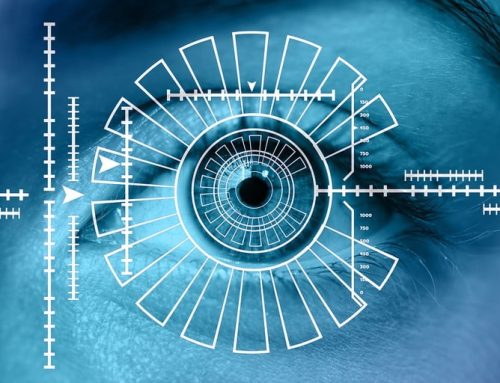
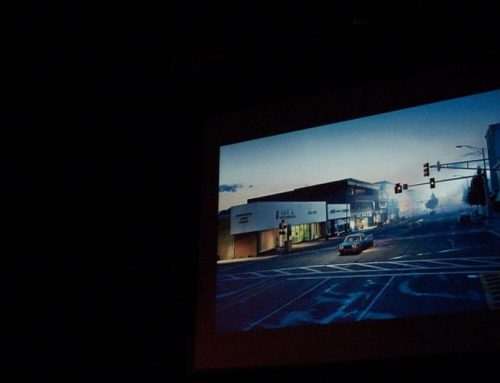

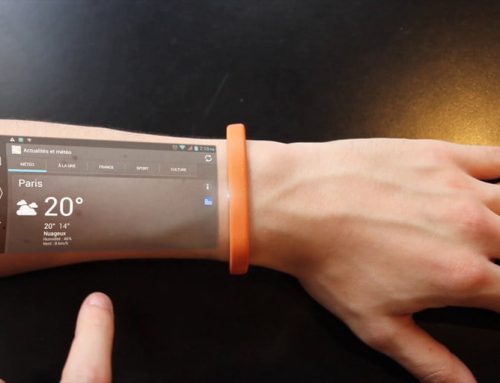

[…] defined as the things that give out our processed audio and/or video signals by the AV receiver. Television, Speakers and projectors, and display screens come under this device […]
[…] this device can control almost every smart gadget of your home, from your smart TV to smart Air-conditioners. Even it can change your geyser temperature if your geyser has wireless […]
[…] to see and speak to the visitor or communicate with them by using any smart display devices like smart TV. In one line we can say, video doorbells are electronic devices that let users greet their visitors […]